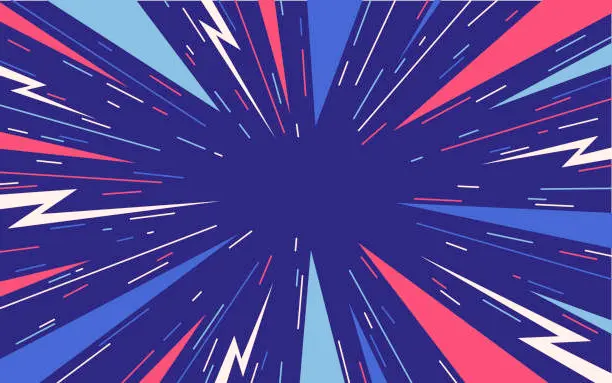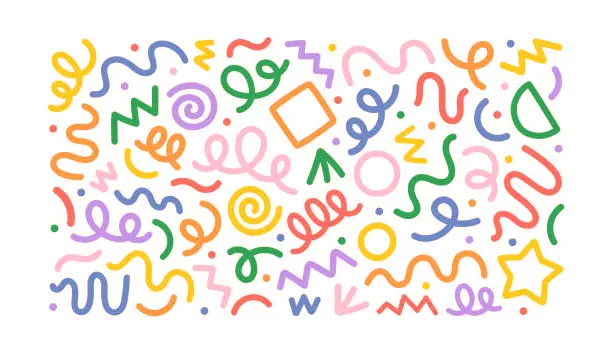
The Influence of Nature on Modern Design: Harmonizing Aesthetics and Functionality
- Admin
Nature has long been a source of inspiration for designers, providing a rich tapestry of forms, colors, and patterns that serve as a wellspring of creativity. In this article, we delve into the profound influence of nature on modern design, exploring how designers draw inspiration from the natural world to create innovative and sustainable solutions that harmonize aesthetics with functionality.
The Organic Aesthetic: Embracing Nature's Forms
Nature's organic shapes and textures have captivated designers for centuries, inspiring them to incorporate elements such as curves, spirals, and fractal patterns into their creations. From the sinuous lines of Art Nouveau to the biomimetic designs of today, nature's influence is evident in the fluid forms and organic structures that define modern design aesthetics.
Biophilic Design: Connecting with the Natural World
Biophilic design takes inspiration from nature's inherent beauty and functionality, seeking to create spaces that foster a deep connection with the natural world. By incorporating elements such as natural light, greenery, and natural materials into interior spaces, designers can create environments that promote well-being, creativity, and productivity, while also reducing stress and enhancing cognitive function.
Sustainable Design: Learning from Nature's Wisdom
Nature serves as a model of sustainability and efficiency, with its ecosystems exhibiting a remarkable ability to recycle nutrients, minimize waste, and adapt to changing conditions. Designers are increasingly looking to nature for solutions to environmental challenges, drawing inspiration from concepts such as biomimicry and circular design to create products and systems that emulate nature's efficiency and resilience.
From Inspiration to Innovation: The Future of Nature-Inspired Design
As we look to the future, the influence of nature on design shows no signs of waning. With advances in technology and materials science, designers have unprecedented opportunities to translate nature's principles into innovative solutions that address pressing global challenges. Whether it's designing energy-efficient buildings inspired by termite mounds or creating sustainable materials modeled after spider silk, nature-inspired design holds the key to unlocking a more harmonious and sustainable future for all.
Conclusion
The influence of nature on modern design is undeniable, shaping the way we perceive, interact with, and inhabit the world around us. By drawing inspiration from the beauty, functionality, and sustainability of the natural world, designers have the power to create solutions that not only delight the senses but also promote well-being, foster connection, and preserve the planet for future generations. As we continue to explore the endless possibilities of nature-inspired design, let us embrace the wisdom of the natural world and strive to create a more harmonious and sustainable future for all.
